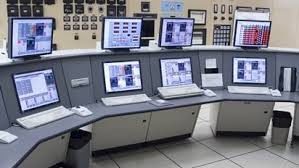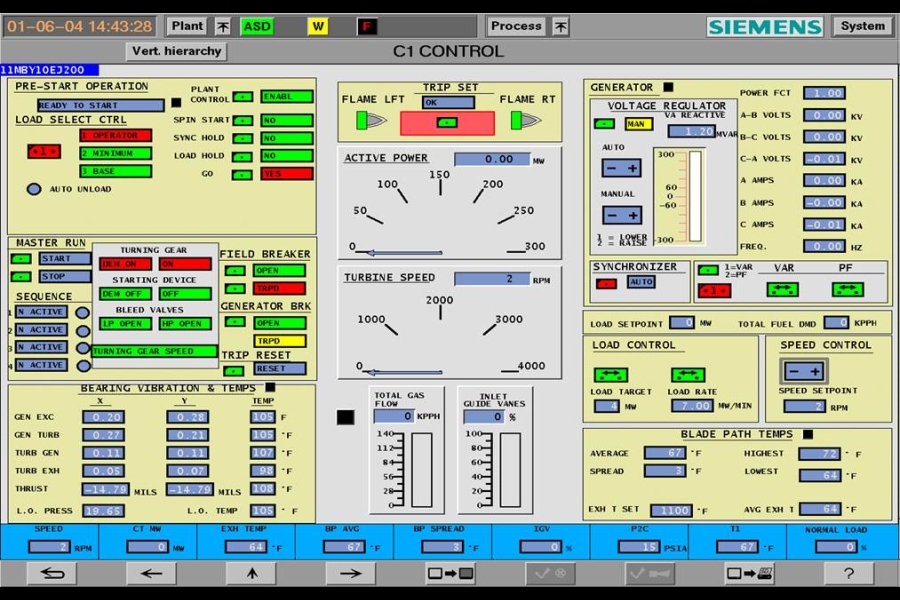Wouldn’t it be great to have a built-in camera to let you see exactly what went wrong before an incident? In many manufacturing instances there is, chemical plants especially. The computer system that operates the plant is called a Distributed Control System (DCS) and it has the capacity to monitor thousands of process variables (flow rates, temperatures, pressures, levels, valve positions, pumps on/off) simultaneously.
In addition to simply monitoring the variables, the DCS can also control them. Suppose you want to keep the temperature of a reactor at 275°F. One option is to link the temperature controller via the DCS to the valve on the steam inlet to its heater. If the temperature starts to drop, the DCS will open the steam valve farther and if the temperature starts to rise, the DCS will close the steam valve. In reality, this small back and forth cycle occurs throughout the daily operation of the plant.
When a DCS is combined with a data historian (method to store chosen process parameters), they provide the ability to answer many questions about conditions in the past. Was the level in the tank rising? Was there a pressure spike before the vent burst? How much material was entering the reactor? What was the temperature setpoint for the distillation column tray?
We can use DCS data to confirm or disprove if proper work instructions were followed by the plant operators. I have seen a step on a work instruction checklist initialed only to find the DCS data prove the step wasn’t performed. For example, purging a process vessel before start-up, but the DCS data showed no increases in either the blower motor RPM’s or the gas flow rate from the reactor. I have seen DCS data also prove that a control room operator closed a valve before the outside operators approached the area, thereby preventing risk of chemical exposure and avoiding a sanction. Another use for DCS data is to link operating conditions to final product quality. This can be tricky depending on the production method; batchwise or continuous flow.
A crucial part to any incident investigation in manufacturing is to determine what key parameters were involved and obtaining the DCS data. This will provide a picture of the operation to help determine what went wrong. The next time you have an industrial incident claim, contact Warren and let us help you reconstruct it.
As President of The Warren Group, Jennifer Morningstar, PE, CFEI, has over 20 years of engineering experience. Her areas of emphasis include chemical release & exposure, OSHA compliance, boiler systems, industrial accident investigation, fires & explosions, product liability and scope of damage/cost to repair analyses. She spent 16 years working at a polyethylene terephthalate (PET) manufacturer. She is an OSHA-trained Process Hazard Analysis study leader and completed Root Cause Failure Analysis training to become an Incident Investigator. Jennifer authored procedures for lockout/tagout and confined space entry. She has experience as an energy management consultant in a variety of industries including mineral extraction, pulp & paper, animal harvesting & packaging (including rendering) and grain milling. Jennifer holds a Bachelor of Science Degree in Chemical Engineering from Virginia Polytechnic Institute and State University as well as a Masters of Business Administration from the University of South Carolina.





